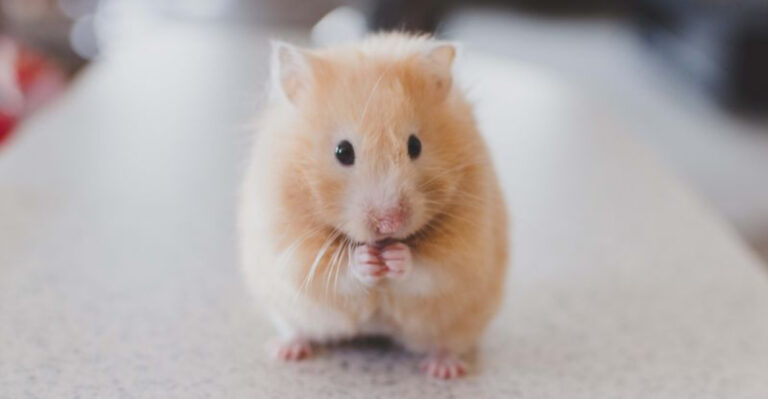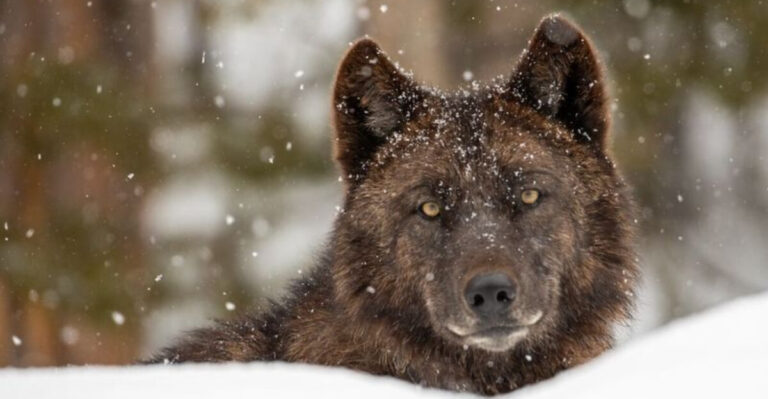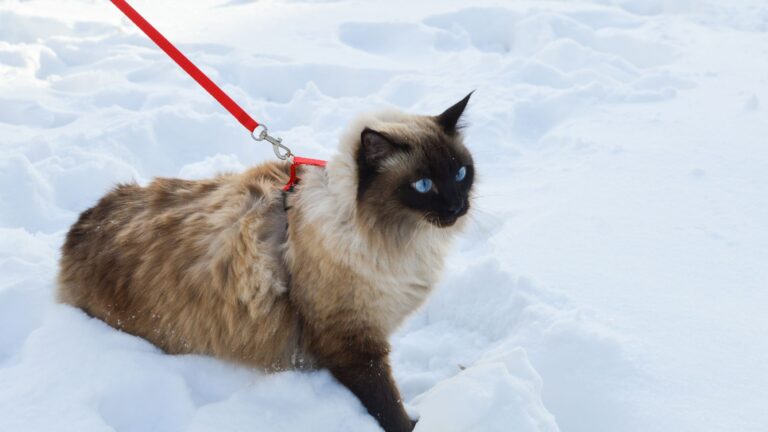The True Size And Power Of Saltwater Crocodiles Explained
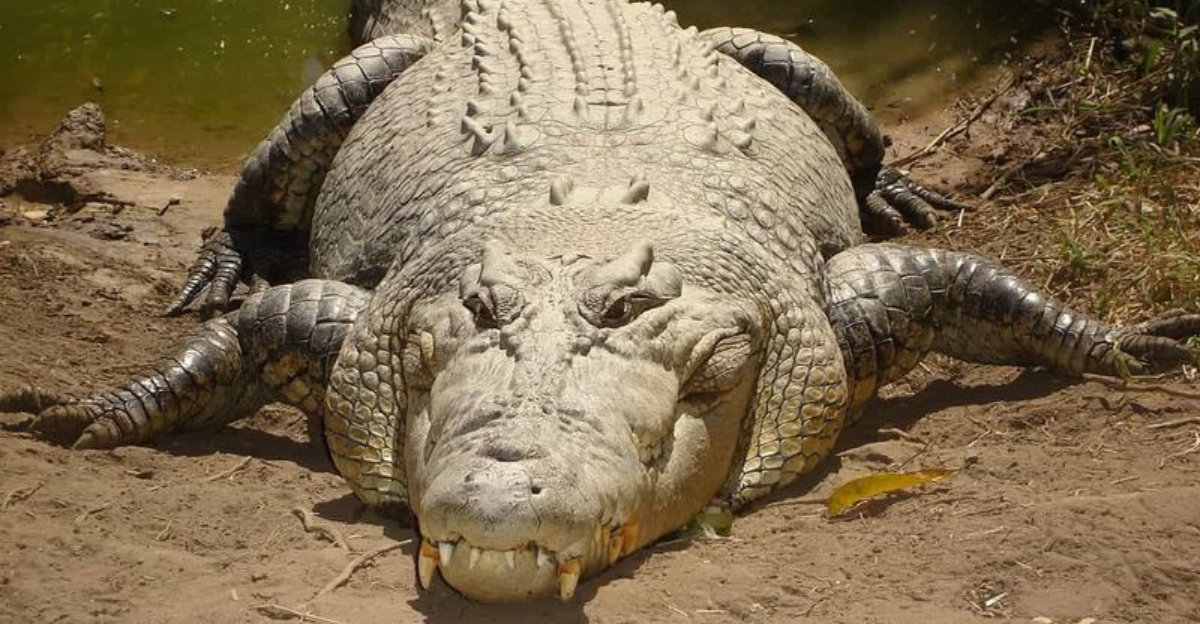
Lurking in the waters of the Indo-Pacific region, saltwater crocodiles reign as nature’s ultimate reptilian predators.
These massive creatures have earned a fearsome reputation through their incredible size, strength, and hunting abilities. From their bone-crushing jaws to their surprising swimming capabilities, these ancient reptiles showcase why they’ve survived virtually unchanged for millions of years.
1. The Largest Living Reptile On Earth
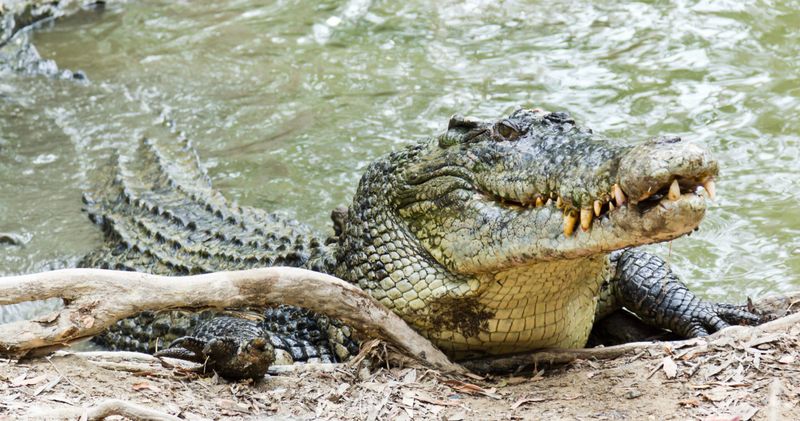
Nothing in the reptile world compares to the sheer mass of a full-grown saltie. Adult males regularly reach lengths exceeding 17 feet, with some specimens growing even larger.
Their massive bodies can weigh over 1,000 pounds, dwarfing even the largest alligators. Unlike many reptiles, they continue growing throughout their lives, though the rate slows significantly as they age.
2. Record-Breaking Giants
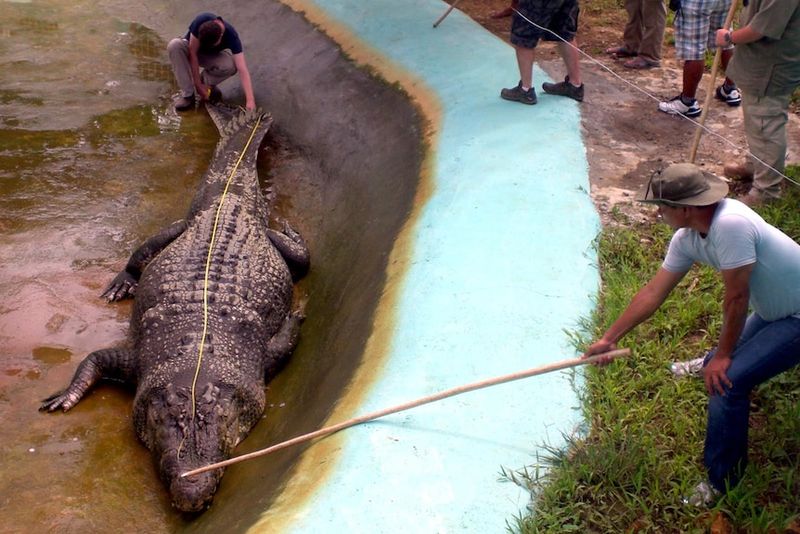
Lolong, captured in the Philippines in 2011, stands as the largest verified saltwater crocodile ever measured at 20.3 feet long. This colossal reptile weighed approximately 2,370 pounds—heavier than some compact cars!
Unconfirmed reports suggest even larger specimens may exist in remote areas. These exceptional giants typically result from decades of growth in favorable conditions with abundant food sources.
3. Bite Force That Crushes All Rivals
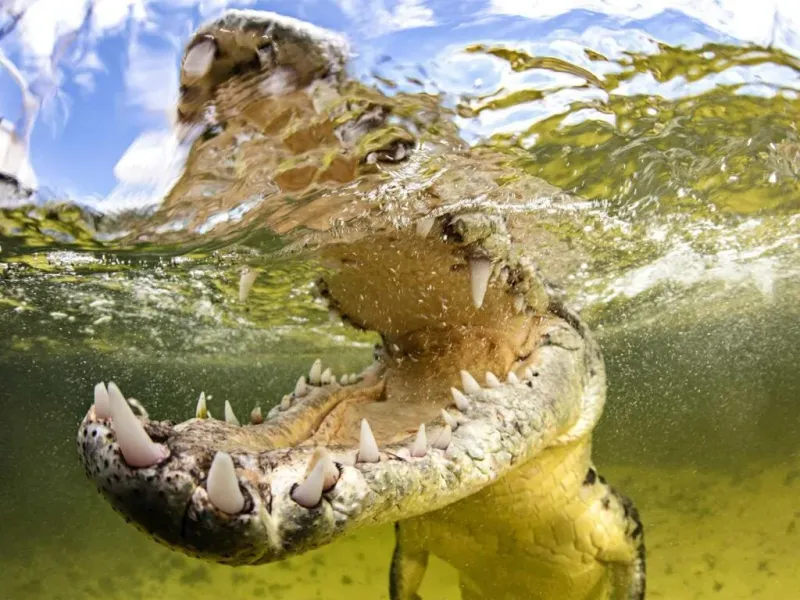
Generating a jaw-dropping 3,700 pounds per square inch of pressure, saltwater crocodiles possess the strongest bite ever measured in any animal. This force easily crushes bones, turtle shells, and even metal traps.
Scientists believe their bite evolved to grip struggling prey underwater where escape is nearly impossible. Interestingly, while their biting strength is unmatched, the muscles that open their jaws are comparatively weak.
4. Built For Ambush
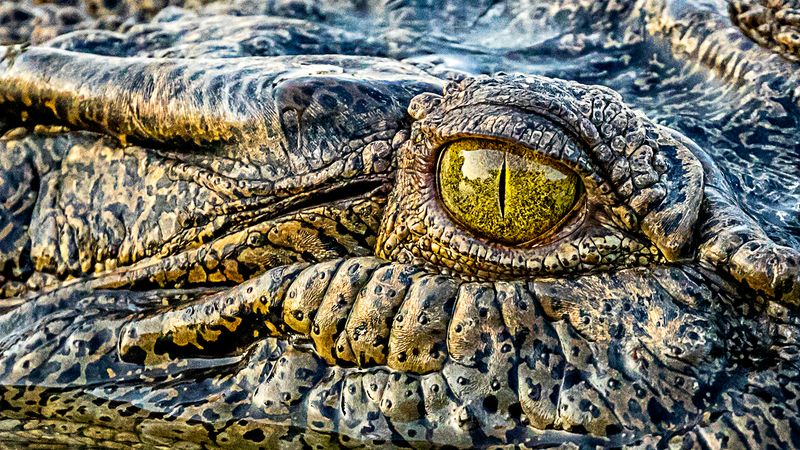
Masters of stealth, saltwater crocodiles can remain almost completely submerged with only their eyes and nostrils visible above water. Their patience is legendary—often waiting motionless for hours until prey approaches.
When they strike, they explode from the water with astonishing speed. Special valves in their throats and nostrils close underwater, allowing them to drag struggling prey beneath the surface without drowning themselves.
5. A Wide Range Across The Indo-Pacific
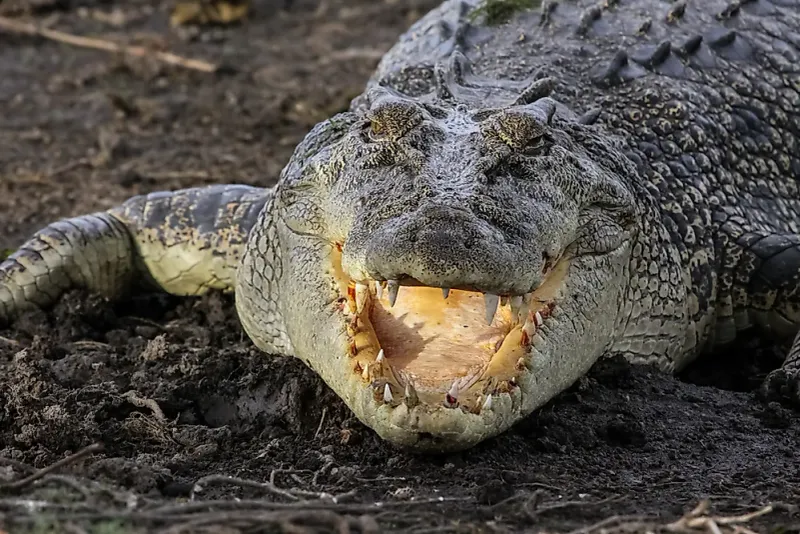
From northern Australia to India and throughout Southeast Asia, these adaptable predators have established themselves across a massive range. Saltwater crocodiles thrive in coastal waters, brackish estuaries, and freshwater rivers.
Their remarkable salt tolerance allows them to travel across open ocean between islands. This adaptability has helped them colonize territories spanning thousands of miles, making them one of the most widespread large predators on Earth.
6. Opportunistic Diet Includes Everything
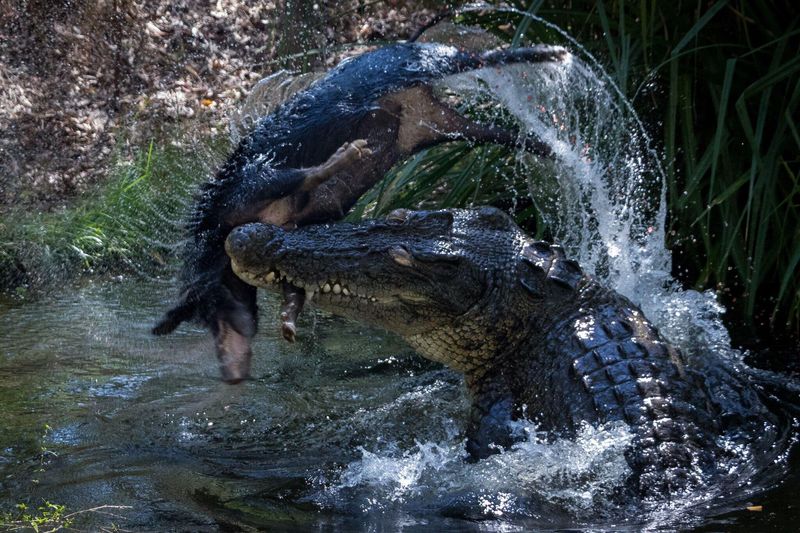
Virtually nothing is off the menu for these voracious predators. Young crocs start with insects and small fish before graduating to larger prey as they grow.
Adults readily attack water buffalo, sharks, wild pigs, and even other crocodiles. Their powerful digestive system can process almost everything—including horns, hooves, and shells. Contrary to popular belief, they don’t store food but instead tear pieces off large prey to consume immediately.
7. Capable Swimmers Over Long Distances
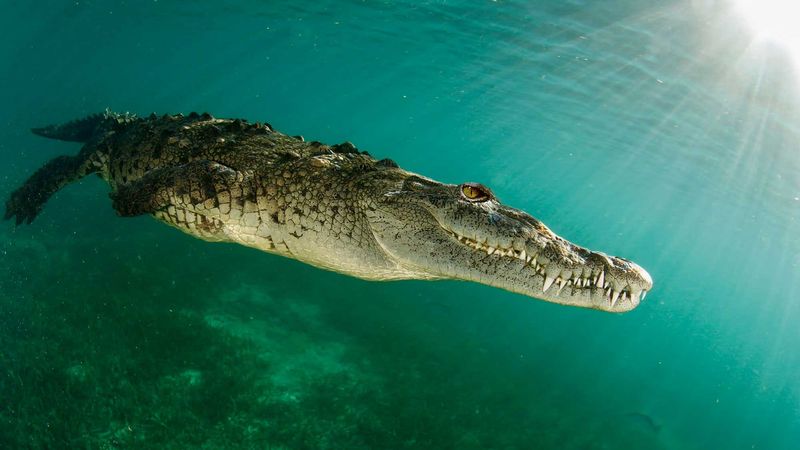
Satellite tracking has revealed these reptiles can voyage hundreds of miles through open ocean. Using ocean currents and their powerful tails, they’ve been documented traveling over 600 miles from their home territories.
Their streamlined bodies and specialized salt-excreting glands make these journeys possible. This remarkable ability explains their presence on remote islands and contributes to their genetic diversity across widely separated populations.
8. Surprisingly Fast On Land
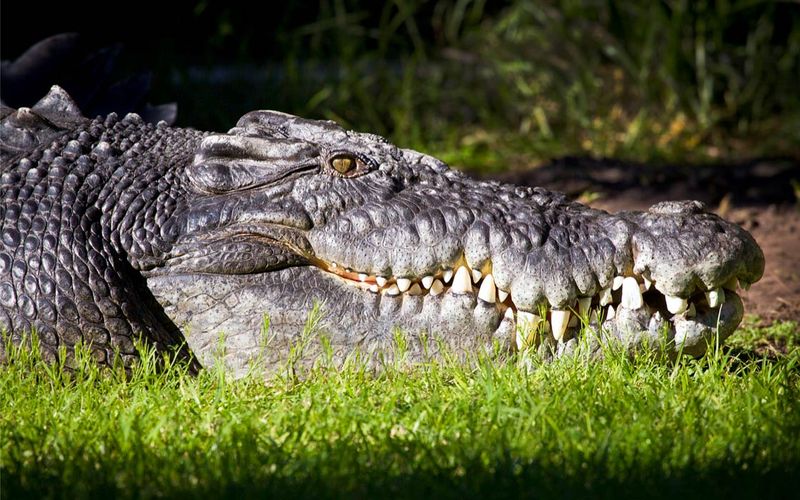
Despite their bulky appearance, saltwater crocodiles can accelerate to speeds of 10 mph in short bursts on land. Their belly-slide technique, powered by strong legs and tail, creates a startling burst of speed.
While they can’t maintain this pace for long, it’s more than enough to ambush unwary prey at the water’s edge. Many human attacks occur when people underestimate both their speed and the distance these predators will travel on land.
9. Territorial And Aggressive

Male saltwater crocodiles establish and fiercely defend territories spanning several miles of waterway. Battles between rival males often result in serious injuries and sometimes death.
During breeding season, their territorial aggression intensifies dramatically. Unlike many predators that avoid human confrontation, saltwater crocodiles may actively defend their territory against people, viewing humans as potential rivals rather than just prey.
10. Ancient Lineage
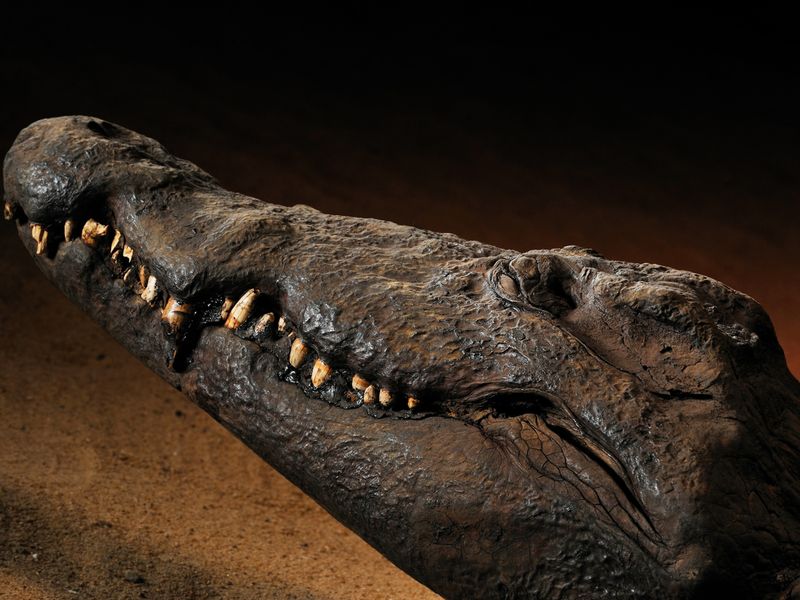
Walking the Earth since the time of dinosaurs, crocodilians have survived virtually unchanged for over 200 million years. Saltwater crocodiles represent one of the most successful evolutionary designs in animal history.
They survived the extinction event that killed the dinosaurs and continued thriving. Their basic body plan has remained so effective that it required minimal modifications over eons, making them living fossils that connect us to Earth’s distant past.
11. Lifespan And Growth
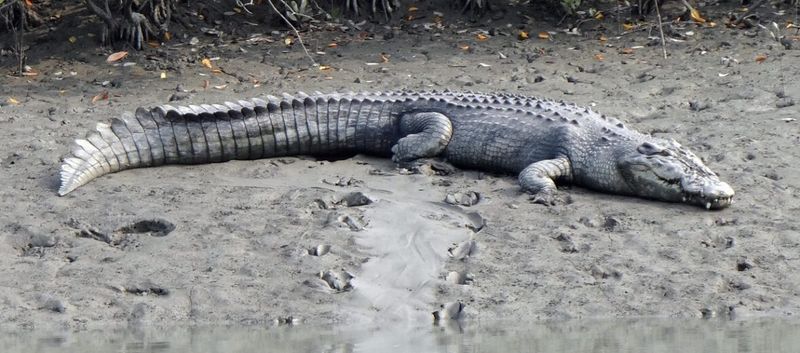
Capable of living 70+ years in the wild, saltwater crocodiles enjoy some of the longest lifespans among reptiles. Their growth pattern is remarkable—hatchlings measure just 12 inches but can grow a foot annually in their early years.
Growth continues throughout their lives but slows with age. This unique characteristic means the oldest specimens are typically the largest, creating a direct correlation between age and dominance in crocodile society.
12. A Protected Yet Feared Species
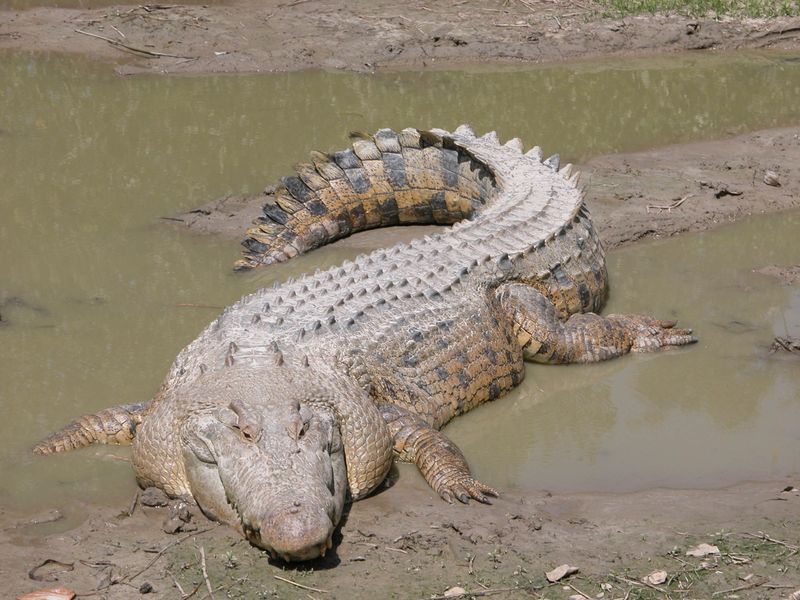
Once hunted to near extinction for their valuable skins, saltwater crocodiles have rebounded under protection laws in many countries. Australia’s population has recovered from just 3,000 to over 100,000 since protection began in the 1970s.
Despite their protected status, they remain feared predators. An estimated 1-2 people are killed annually in Australia alone, with higher numbers in less developed regions where humans and crocodiles frequently share the same waterways.


